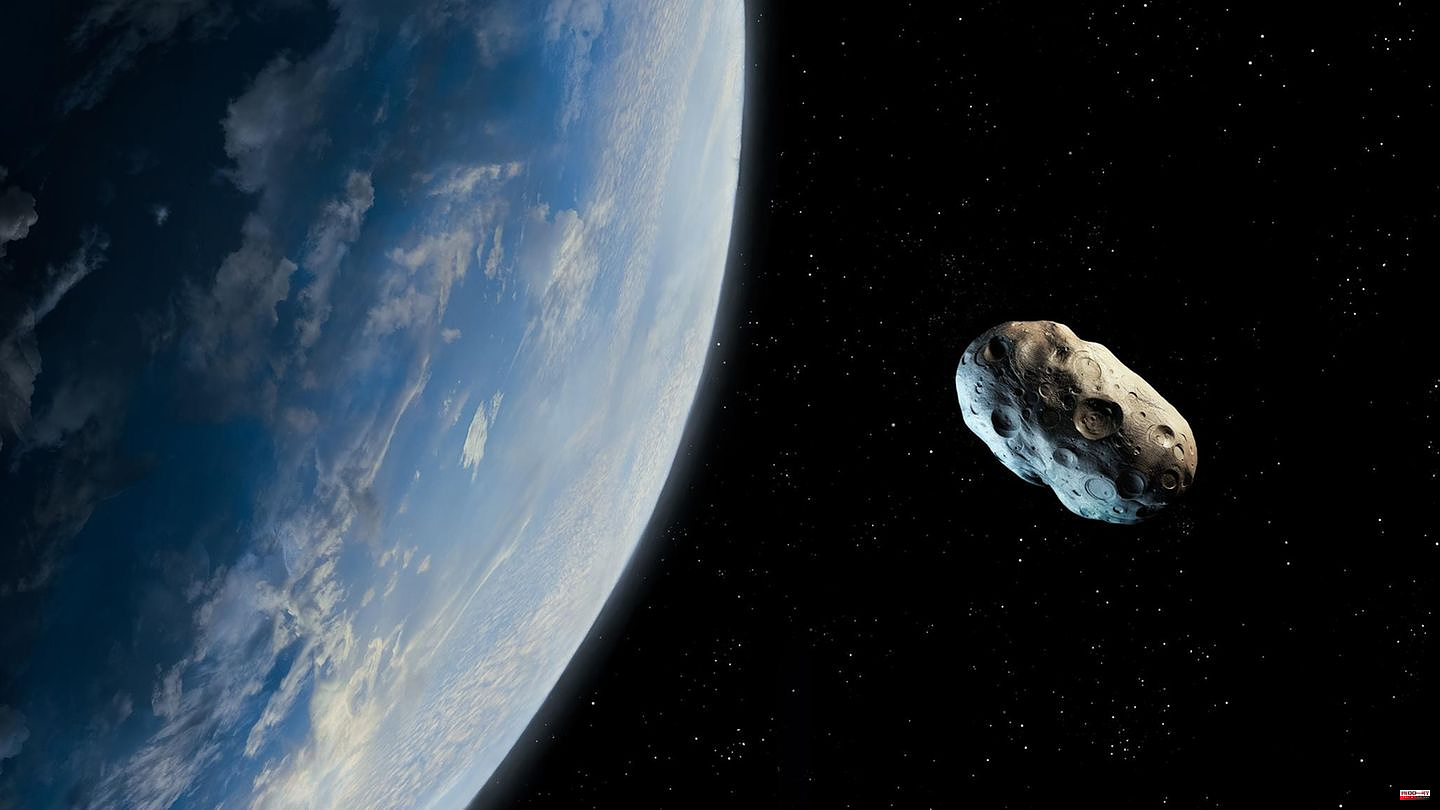An asteroid that hit the earth 66 million years ago at a speed of 43,200 kilometers per hour was 14 kilometers in diameter: the celestial body left behind a 100-kilometer crater. The numbers alone give an idea of its immense power. This event changed life on earth forever. The impact led to the extinction of dinosaurs and many other animal and plant species. But as new research shows, those weren't the only impacts of the giant asteroid.
The asteroid, often referred to as the "Dinosaur Killer," hit Earth on the northern edge of Mexico's Yucatán Peninsula. Its impact is referred to in geology as a cataclysm, a geological catastrophe. The impact triggered several other catastrophic events, including a gigantic tsunami, write the authors of a new study published in the US journal American Geophysical Union Advances.
The scientists managed to gain a better understanding of the dimensions of this tsunami through modelling. And they are almost unimaginable, since they hardly have anything to do with the dimensions of today's tsunamis, which are triggered by earthquakes. The water made its way with unimaginable force. Immediately after impact, the tsunami was estimated to have had an energy 30,000 times greater than the Indian Ocean tsunami of late 2004, which killed around 230,000 people. The waves circled the globe once in 48 hours. After just one hour, the tsunami had already reached the North Atlantic, four hours later the Pacific Ocean.
"This tsunami was powerful enough to kick up sediment in ocean basins half a world away," said Molly Range of the University of Michigan, who led the research project. "This created gaps in the sediment layers of the time and a mess in older deposits." According to the models, which were created using seabed samples, waves more than 1.6 kilometers high are said to have piled up. This corresponds to the size of mountains. The waves were still 20 meters high on the coasts, causing flooding and destruction. The extent of the effects of the tsunami on land is now to be further researched.
Quellen: "American Geophysical Union Advances" / CNN
Watch the video: In a United Nations Development Program (UNDP) promotional film, a dinosaur appeals to people's common sense. In it he warns the UN about spending on fossil fuels.












